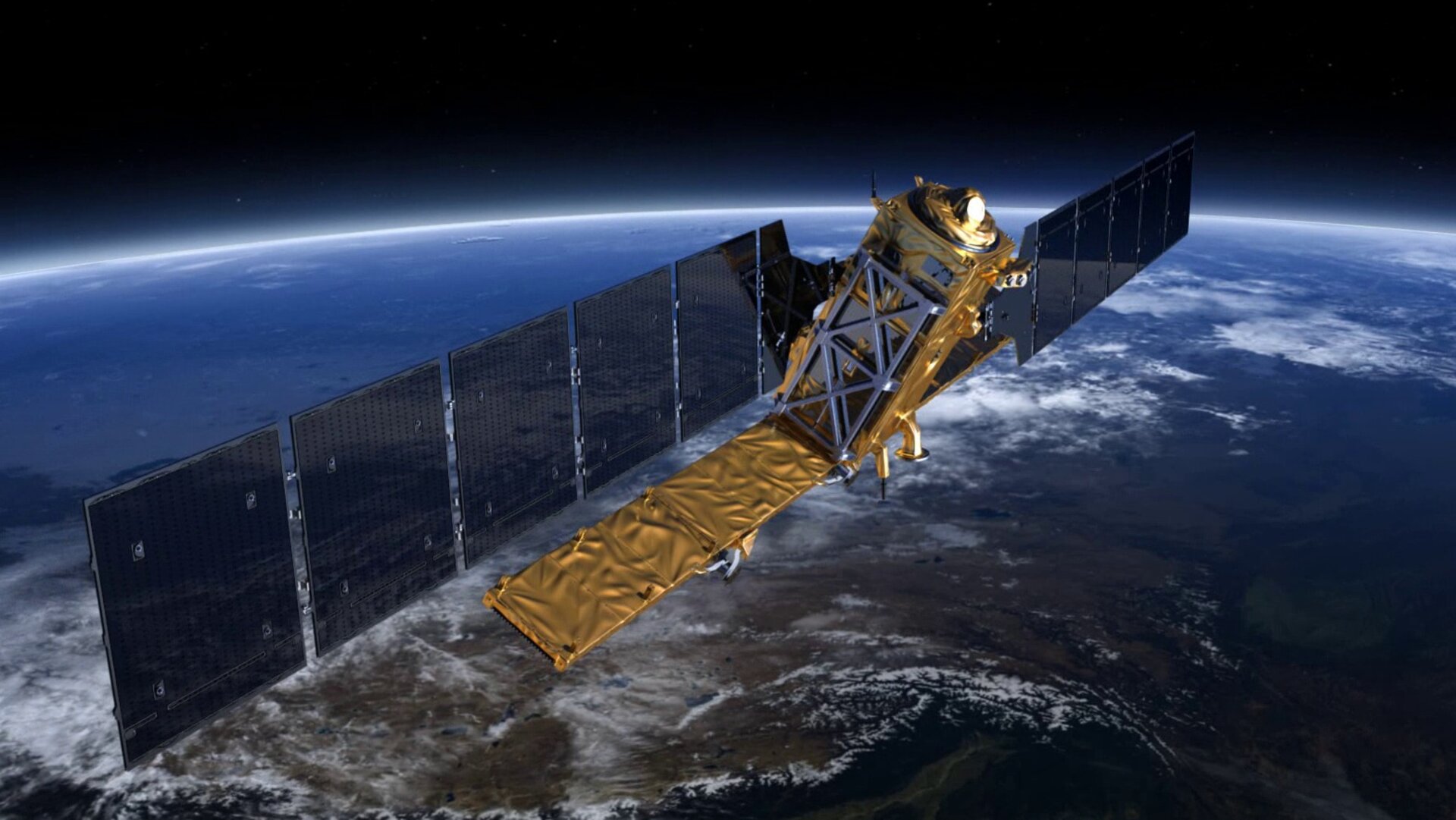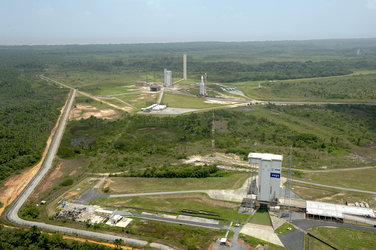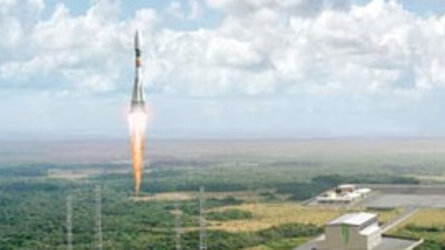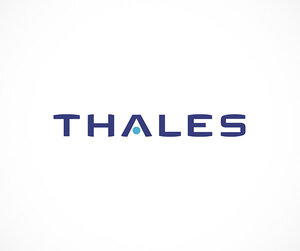Introducing Sentinel-1
The fleet of Sentinel satellite missions deliver a wealth of data and imagery that are central to Europe’s Copernicus programme.
By offering a set of key information services for a broad range of applications, this global monitoring programme makes a step change in the way we manage our environment, understand and tackle the effects of climate change, and safeguard everyday lives.
The first in the series, Sentinel-1, carries an advanced radar instrument to provide an all-weather, day-and-night supply of imagery of Earth’s surface.
The C-band Synthetic Aperture Radar (SAR) builds on ESA’s and Canada’s heritage SAR systems on ERS-1, ERS-2, Envisat and Radarsat.
The Sentinel-1 mission is designed as a constellation of two satellites orbiting 180° apart, which can image the entire Earth every six days.
As well as transmitting data to a number of ground stations around the world for rapid dissemination, Sentinel-1 also carries a laser to transmit data to the geostationary European Data Relay System for continual data delivery.

The mission benefits numerous services. For example, services that relate to the monitoring of Arctic sea-ice extent, routine sea-ice mapping, surveillance of the marine environment, including oil-spill monitoring and ship detection for maritime security, monitoring land-surface for motion risks, mapping for forest, water and soil management and mapping to support humanitarian aid and crisis situations.
The design of Sentinel-1 with its focus on reliability, operational stability, global coverage and quick data delivery is expected to enable the development of new applications and meet the evolving needs of Copernicus.
Sentinel-1 is the result of close collaboration between the ESA, the European Commission, industry, service providers and data users. Designed and built by a consortium of around 60 companies led by Thales Alenia Space and Airbus Defence and Space, it is an outstanding example of Europe’s technological excellence.
Sentinel-1A was launched on 3 April 2014 and Sentinel-1B on 25 April 2016. Both were taken into orbit on a Soyuz rocket from Europe's Spaceport in French Guiana. The mission ended for Sentinel-1B in 2022.
Back to Sentinel-1 homepage |












